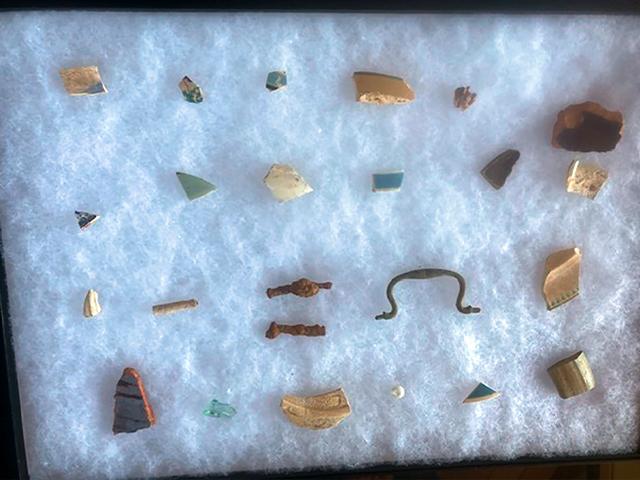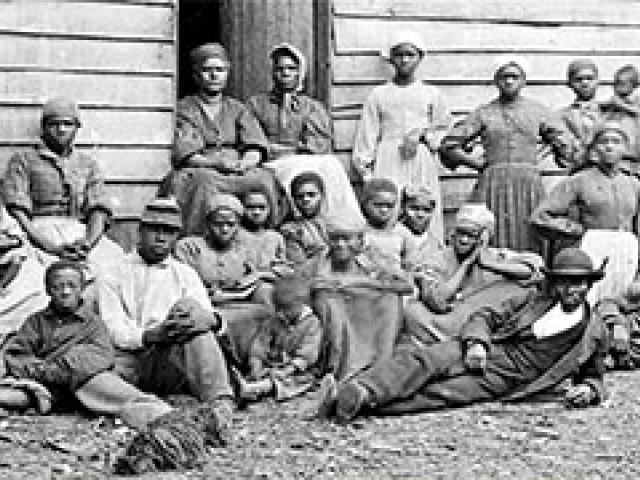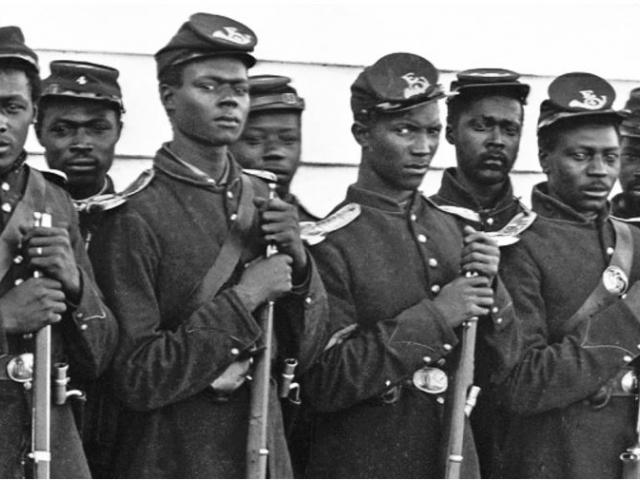Archaeologists in Maryland say they believe they have found the home site of Ben Ross, the father of famed abolitionist Harriet Tubman.
The site was found on property acquired last year by the U.S. Fish and Wildlife Service as an addition to Blackwater National Wildlife Refuge, officials said Tuesday. An archaeology team led by the State Highway Administration conducted the research that led to the find.
***As the number of voices facing big-tech censorship continues to grow, please sign up for CBN Newsletters and download the CBN News app to stay up-to-date with the latest news from a distinctly Christian perspective.***
Archaeologist Julie Schablitsky described the site as a direct connection to Tubman.
"She would've spent time here as a child, but also she would've come back and been living here with her father in her teenage years, working alongside him," Schablitsky said in a news release. "This was the opportunity she had to learn about how to navigate and survive in the wetlands and the woods. We believe this experience was able to benefit her when she began to move people to freedom."
Tubman was born Araminta Ross in March 1822 on the Thompson Farm near Cambridge, Maryland, on Maryland's Eastern Shore. She escaped from slavery to become a leading abolitionist who helped slaves escape through the Underground Railroad.

In this image provided by the U.S. Fish and Wildlife Service, items recovered from an archaeological site on Maryland's Eastern Shore that state officials believe to be the home of Harriet Tubman's father, Ben Ross, are displayed in a case, Tuesday, April 20, 2021, in Church Creek, Md. (Laury Marshall/U.S. Fish and Wildlife Service via AP)
"This discovery adds another puzzle piece to the story of Harriet Tubman, the state of Maryland, and our nation," said Lt. Gov. Boyd Rutherford, who attended a news conference at the Harriet Tubman Underground Railroad Visitor Center at Church Creek, Maryland.
The archaeology team began searching for evidence linked to her father in November. When they returned in March to continue their search, Schablitsky and her team found artifacts dating to the 1800s, including nails, glass, dish fragments and even a button. On Tuesday, they announced confirmation that the artifacts were evidence of Ross's cabin.
The U.S. Fish and Wildlife Service bought the 2,600-acre Peter's Neck property for $6 million last year. The property contains 10 acres bequeathed to Ross by Anthony Thompson in the 1800s. As outlined in Thompson's will, Ross was to be freed five years after Thompson's death in 1836. Ben Ross was freed from slavery and received the land in the early 1840s.
"When we protect vulnerable habitats, we help preserve the stories of those who came before us, like Harriet Tubman's father, Ben Ross," said USFWS Chief of the National Wildlife Refuge System Cynthia Martinez. "Acquiring Peter's Neck last year was a critical addition to Blackwater National Wildlife Refuge, as the area is predicted to naturally convert to marsh by 2100 because of sea-level rise."
The Ben Ross home site will be highlighted on the historic Thompson Farm, where Ross and his family were enslaved. It will be added as a new point of interest to the Harriet Tubman Underground Railroad Byway. The byway is a 125-mile, self-guided scenic drive that includes more than 30 sites related to Harriet Tubman's life and legacy.
The Greatest Underground Railroad Agent of All Time
As CBN News has reported, Tubman's story is an incredible story of faith. A former slave herself, she never learned to read or write but still managed to lead dozens of slaves to freedom.
Her story was documented in the book Bound for the Promised Land: Harriet Tubman, Portrait of an American Hero by Kate Clifford Larson, which was made into the major motion picture Harriet in 2019.
"She was a formally enslaved woman, who took her own freedom," Larson told CBN News.
She pointed out the strength of Tubman's Christian faith, which is highlighted throughout the book and the film. Many called her "the Moses of her people."
"She was the middle child of nine children of Ben and Rit Ross. She had four brothers and four sisters. And she had this intensity about her. This love for her family. Love for her community. And profound deep faith that guided her, protected her. All of those things made this woman that became the greatest underground railroad agent of all time," Larson said.
Railroad Had to Have Partners in Order to Work
"The Underground Railroad was collaborative," Dr. Cassandra Newby-Alexander, director of Joseph Jenkins Roberts Center for African Diaspora Studies at Norfolk State University told CBN News earlier this year.
"You needed partners, you needed blacks and whites working jointly together to help people escape from slavery. People have seen the Underground Railroad as the first integrated resistance movement," she said.
Anyone involved with the railroad faced great risk. If caught, slaves were severely beaten and in some cases executed. Free blacks were sold into slavery.
"If you assisted someone to escape from the Underground Railroad, and you were white, you were seen as a far greater threat than a free black or an enslaved person," Newby-Alexander explained.
"And so the punishment was extremely severe," she continued. "In 1850 and 1860 you can look at the census records and see how many people were in the Virginia penitentiary with the charge that they were helping someone try to escape."
Worked for the Union Army
When the Civil War began, Tubman worked for the Union Army, first as a cook and nurse, and then as an armed scout and spy. She was extremely valuable to the army as a scout due to her knowledge of the terrain she had amassed while working as a conductor on the Underground Railroad.
The first woman to lead an armed expedition in the war, she guided the raid at Combahee Ferry, which liberated more than 700 enslaved people, according to Wikipedia.

The Harriet Tubman House in Auburn, New York as it appeared in 2007. It is listed in the National Register of Historic Places in the United States of America.
(Image credit: Lvklock/Wikimedia Commons - https://commons.wikimedia.org/wiki/File:Harriet_Tubman_House_Dec_2007.jpg)
After the war, she retired to the family home on property she had purchased in 1859 in Auburn, New York, where she cared for her aging parents. She was active in the women's suffrage movement until illness overtook her, and she had to be admitted to a home for elderly African Americans that she had helped to establish years earlier.
She once said, "On my underground railroad, I never run my train off of the track and I never lost a passenger."
The last known photograph of Tubman was taken about a month before she died in Auburn, New York in 1913. She's buried with the simple epitaph: "Servant of God, Well Done" in the Fort Hill Cemetery located in Auburn.
Did you know?
God is everywhere—even in the news. That’s why we view every news story through the lens of faith. We are committed to delivering quality independent Christian journalism you can trust. But it takes a lot of hard work, time, and money to do what we do. Help us continue to be a voice for truth in the media by supporting CBN News for as little as $1.












 Support CBN News
Support CBN News










